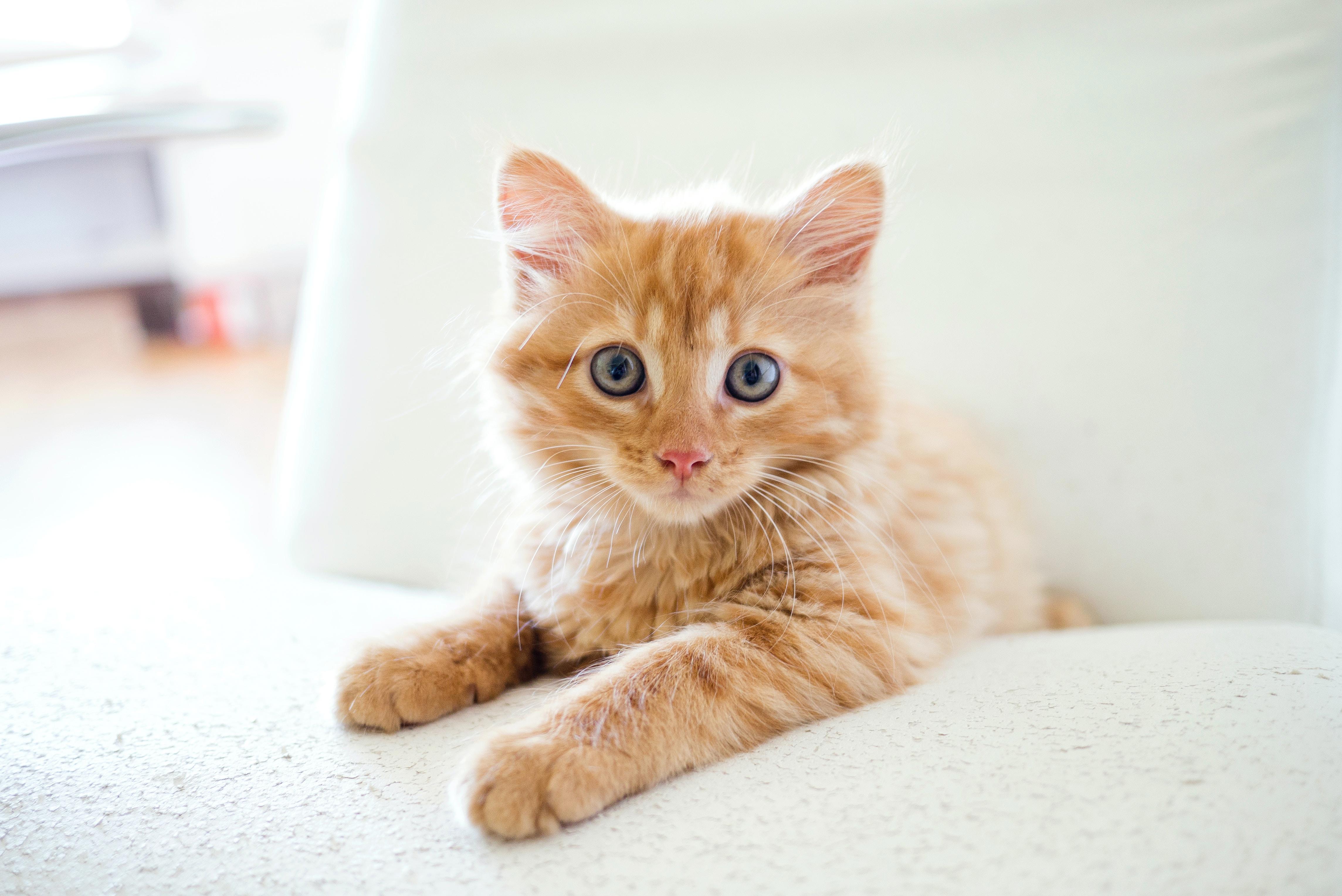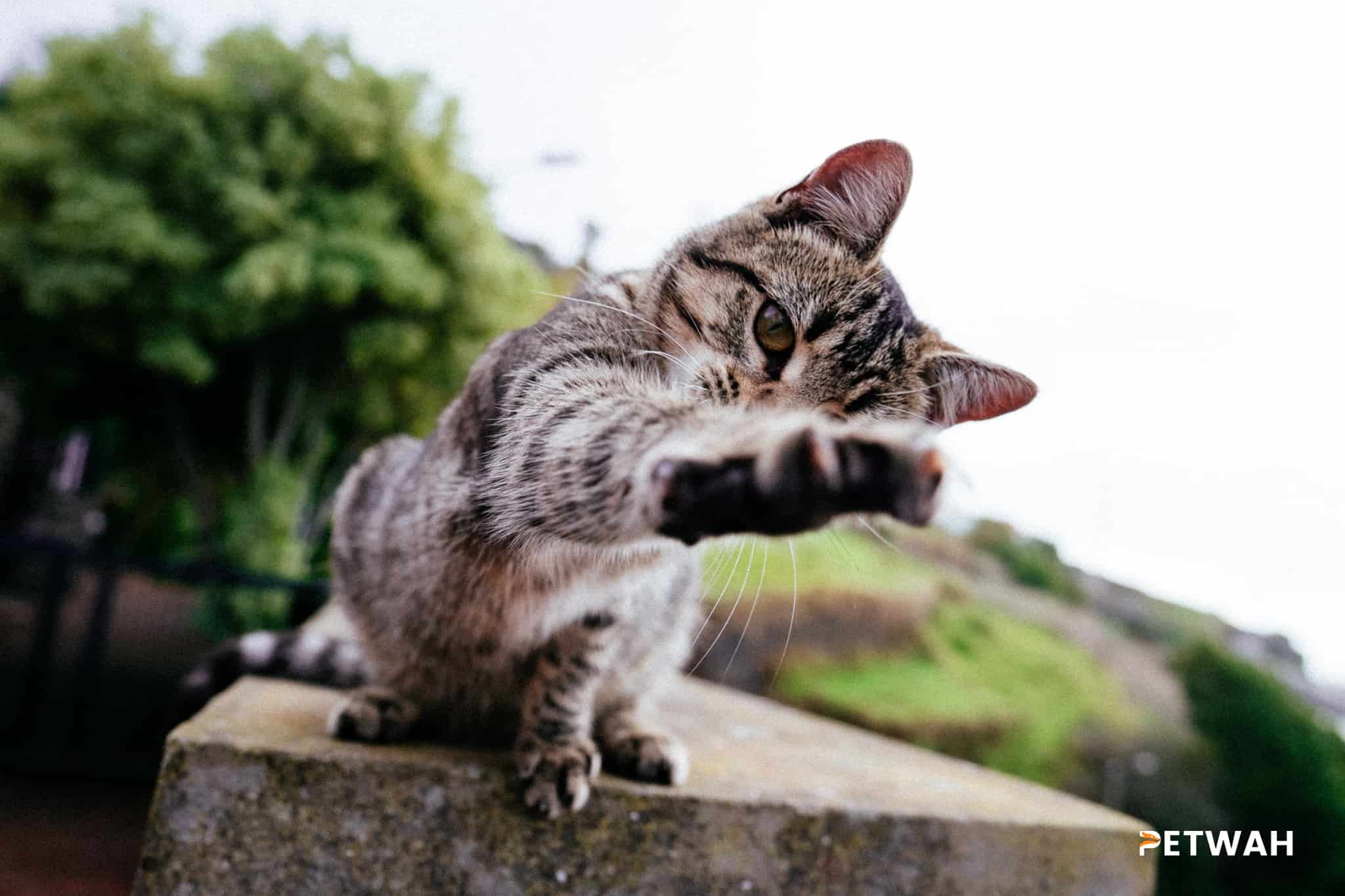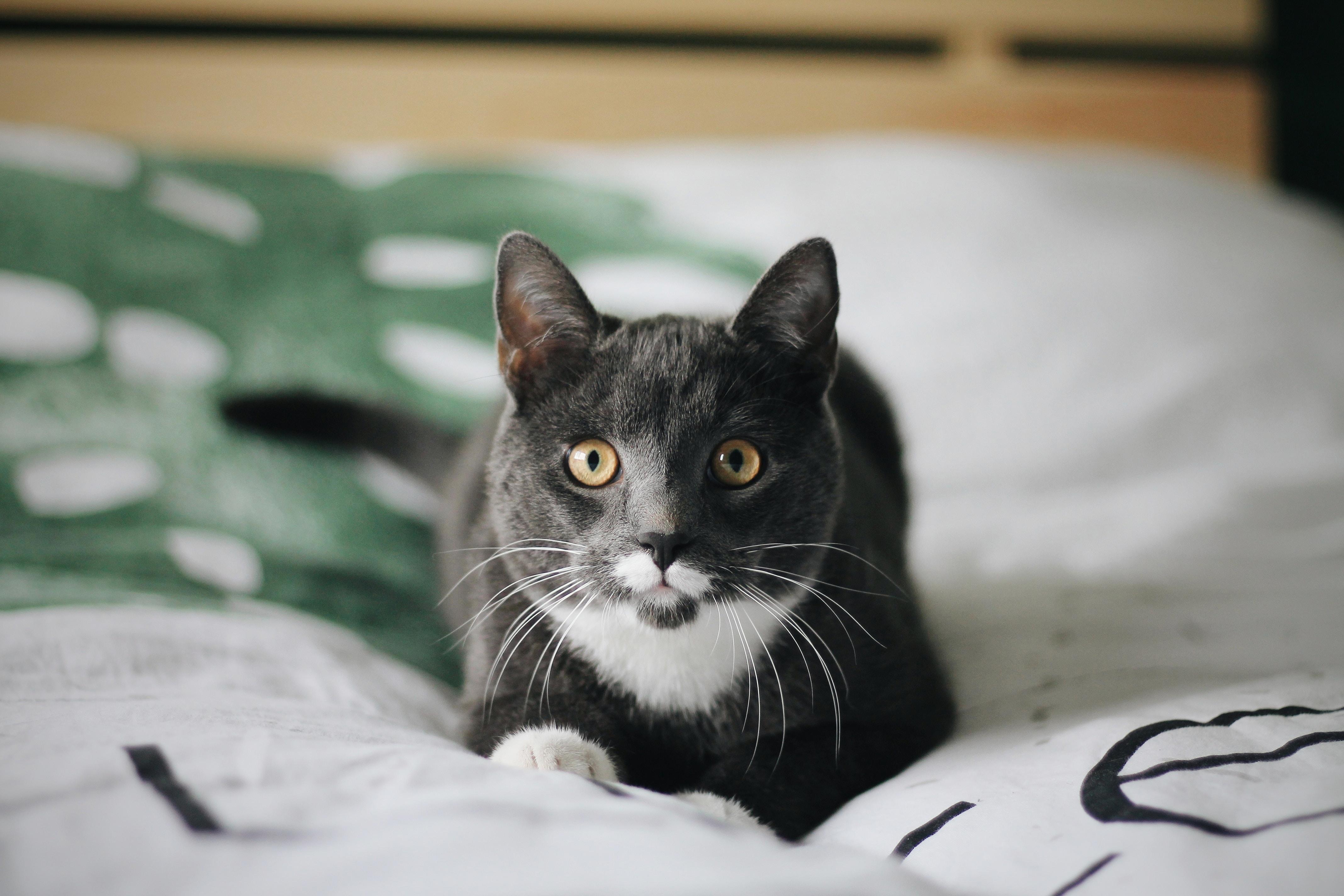Do you ever wonder why do cats knead you with their paws? It can be a bit annoying, but did you know that there’s a reason behind it? Believe it or not, cats knead as a way of conveying comfort. When they’re happy, cats often knead to show their pleasure. They may also do it while being petted or when snuggling into a napping spot. If your cat is feeling content and loved, she may knead on your lap as a sign of appreciation. On the other hand, if your cat is stressed out, she may knee in order to create a soothing, calm mood.
Why Do Cats Knead?

Have you ever noticed your cat rhythmically pressing its paws in and out against your lap or a soft surface? This peculiar behavior is called kneading, and it’s a sign of your cat’s affection.
Most cats enjoy kneading on their favorite human’s lap, especially when being petted. But why do cats knead? And what does it mean when they do it? Let’s take a closer look at this comforting feline behavior.
There are a few theories as to why cats knead. One popular explanation is that it’s a leftover instinct from their kittenhood. When kittens are born, they need to stimulate their mother’s milk flow by kneading her belly with their paws.
As they get a little older and are weaned off their mother’s milk, they may continue kneading as a way to show comfort and contentment. It’s also thought to be a way for cats to mark their territory with the scent glands in their paws.
Whatever the reason, if your cat enjoys kneading on you, it’s a sign that they trust you and feel comfortable around you. So next time your cat starts kneading away, just enjoy the moment and feel honored that your feline friend has chosen you as their favorite person!
Do cats knead to show affection?
Yes, cats knead to express affection. While being stroked or curled up in a relaxing area, cats frequently knead. Your cat may knead on your lap to display her love and contentment before settling in for a pat or sleep. A worried cat might knead to establish a soothing, tranquil atmosphere.
Should you let your cat knead you?
Yes! If your cat is kneading you and doesn’t have sharp claws, it’s a sign of affection. Your cat is probably comfortable around you and feels safe showing you this vulnerability. So go ahead and enjoy the moment it doesn’t happen often!
Do all cats knead?
Yes, all cats knead. It’s an instinctive behavior that starts when they’re kittens. When newborn kittens are nursing, they knead their mother’s belly to stimulate milk flow. Kittens also knead when they’re feeling insecure or need reassurance—much like adult cats do.
Why do some cats drool when they knead?
There are a few reasons why your cat might drool while kneading. It could be a sign of pleasure, or it could mean that your cat is really enjoying the moment! It’s also possible that your cat is kneading to release tension or stress. If your cat seems comfortable and happy while she’s kneading, there’s no need to worry. However, if you notice that your cat is drooling excessively or seems uncomfortable, it’s best to consult your veterinarian. They can help you rule out any potential health problems.
Do cats ever stop kneading?
Yes, cats usually stop kneading when they reach adulthood. However, some cats may continue to do it throughout their lives—especially if they find it enjoyable or comforting. If your adult cat starts kneading, it’s likely because she associates it with positive experiences, like being petted or snuggled. So if you don’t mind your cat kneading you, there’s no need to stop her! After all, it’s a sign of love.
Why do cats knead blankets before lying down?
Your cat isn’t just trying to make her bed more comfortable she’s actually kneading to show how content and happy she is. When cats knead, they push their paws in and out in a rhythmic motion. It’s usually accompanied by a purr, which further adds to the calming effect.
Kneading is often seen when cats are being petted or snuggling into a napping spot. But it can also be done as a standalone action when your cat is feeling particularly affectionate or relaxed. If your kitty kneads you on the lap, it’s her way of showing love and appreciation. Who could resist such an adorable gesture?
It’s not just about comfort, though. Kneading can also be a way for cats to relieve stress. So the next time you see your cat kneading her favorite blanket, don’t disturb her she’s just trying to create a calming and peaceful mood. Let her enjoy the moment, and maybe give her a little scratch behind the ears while she’s at it. She’ll love you for it!
What does it mean when my cat kneads on my bed?

If you’ve ever had a cat knead on your bed, you know it’s not the most pleasant experience. But why do they do it? There are a few theories as to why cats knead. One is that they’re trying to mark their territory. When cats knead, they release pheromones from their paws, which serves as a way to claim their space.
Another theory is that kneading is a vestigial behavior from when they were kittens. When kittens nurse, they knead their mother’s belly to stimulate milk flow. Once they’re weaned, some cats continue to knead as a way to self-soothe.
Whatever the reason, if your cat is kneading on your bed, it’s probably because they feel comfortable and safe there. So even though it might not be the most comfortable experience for you, try to take it as a compliment!
Kneading is a comforting behavior for cats, and it’s also a sign of affection. If your cat is kneading you, it means she feels comfortable and safe around you. However, some cats may continue to knead into adulthood. If you don’t mind your cat kneading you, there’s no need to stop her! after all, it’s a sign of love.








